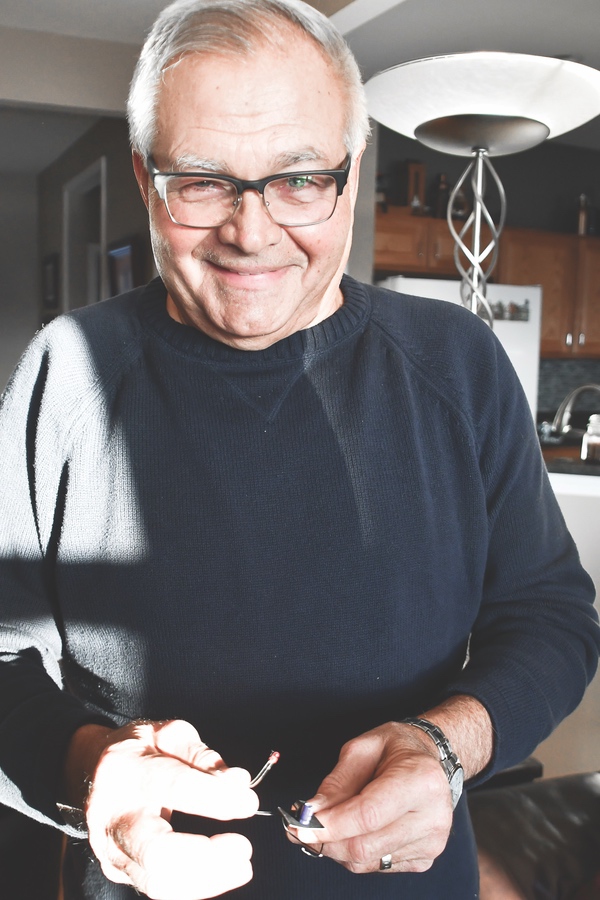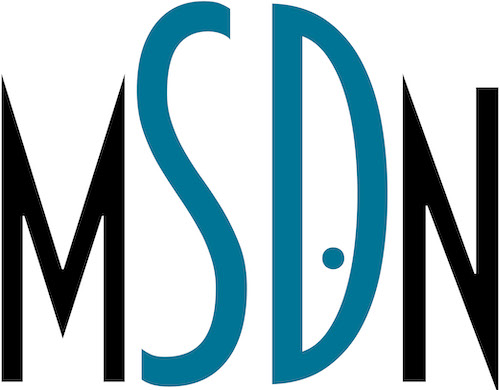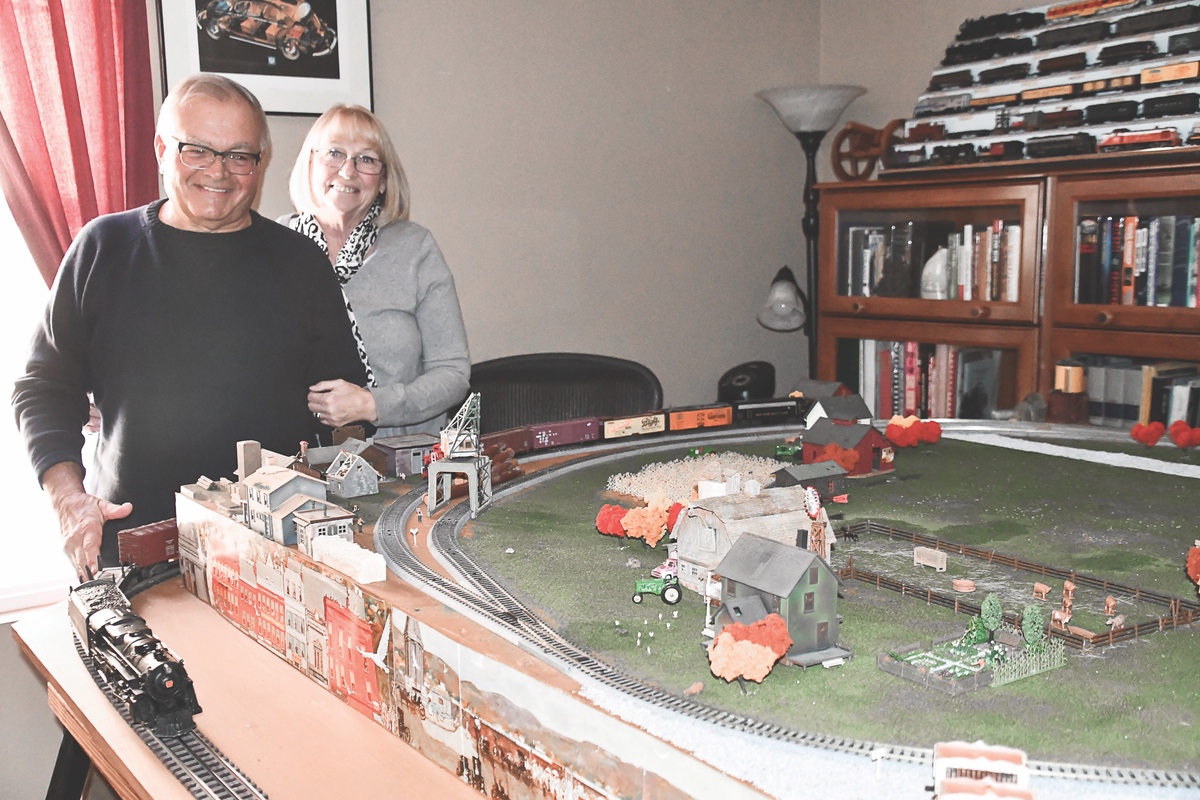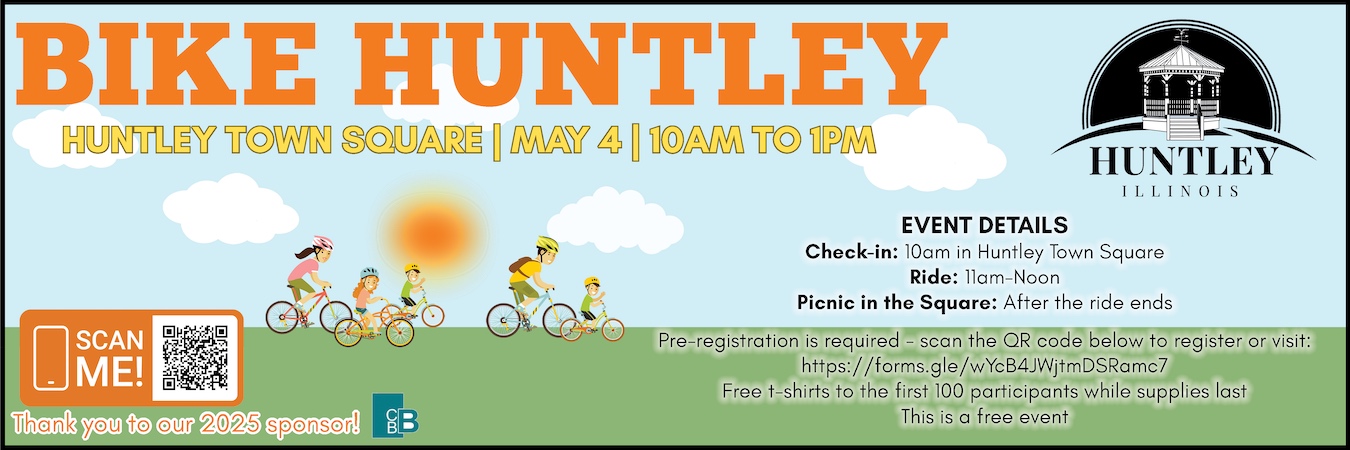In 1951 the most wanted Christmas gift was a View-Master. But for most boys, the ultimate gift was a Lionel Train Set.
Mike Ptak was lucky to receive that gift when he was just a one-year-old. He still hasn’t found a better toy.
Ptak said, “I had a close friend, Bob, that ate, lived, and breathed model railroading.”
Bob’s enthusiasm caught on, and soon the model train club grew.
“Four of us started getting together every Friday. We created model railway layouts and worked on the electronics. My friend restored my 1951 Lionel engine with a new e-unit.” The e-unit is a common term for the reversing mechanism.
“These Fridays were great social events with lots of laughter and railroad talk,” Ptak said.
Their discussions led to an idea.
Ptak said, “We were looking for something we could make together and sell. We decided to make FREDS for model railroading.”
What is a F.R.E.D.? The end of the train device, a Flashing Rear End Device is an electronic device on the end of trains. These took the place of a caboose.

Ptak holding a F.R.E.D. device.
Kids and train-watchers almost everywhere could count on a final car at the end of each freight train: a caboose. The caboose had crew members who would observe the cars ahead for defects, vagrants, operate track switches, apply the brakes in an emergency and other duties. Cabooses also had marker lights to warn following trains.
Ptak said, “The crew member in the caboose would also monitor the cars to make sure nobody was breaking into the cars to steal the cargo. F.R.E.D. replaced the caboose. A small metal box with a flashing light on the rear coupler of the last car.’
You guessed it; the idea was to make a F.R.E.D. for model railroading. Ptak stated, “So every Friday when we got together, we started making these units to sell. And we did sell them. Every second Sunday of the month we would have a table in the first building to sell our unit for model railroading.”
Their group didn’t stop there.
“We had designed these bright yellow shirts that had ‘Flashers for all occasions’ printed on them. These shirts brought a lot of attention to our table and many jokes were made – but people started looking for us. We sold the flashers as a kit and we also installed them. But we would never install them on brass trains,” Ptak said.
Why?
Ptak explained, “Brass model trains were expensive. We used a drill. One slip could destroy the value of the car.”
The unit caught on and production on Friday nights was intense. Cindy Ptak said, “I had to help on occasion especially since these units were so tiny and the guys’ hands were so big. My hand was a lot smaller, and I could help.”
The small unit created by four guys on a Friday night grew in popularity.
Mike said, “It was featured in the publications Model Railroader and Model Railroad Constructor.”
The popularity of the small Led light expanded.
Mike said, “Soon we had requests to install the flashing units on planes and Arco Flying Saucers. We sold some units to the Museum of Science and Industry Museum for their original Big Train Display. The sent us photos after they were installed.”
But the group started losing its members, and Mike was the last member and he packed his trains away. Mike said, “For a period of 15 years I didn’t touch it. I gave a lot of the train cars away, some I sold.”
Cindy said, “I knew he really missed it.”
Mike said, “It’s true what they say – time is a healer. Recently, I found myself negotiating for space with my wife of 47 years. And found that if you have the Fox Model home and you don’t use the office – you can fit a Model Railroad layout – two levels that measure about 10 x 6 feet.”
Both are working on the project. Mike said, “By creating model railroads, you learn carpentry, electricity, painting. We are often recreating real locations and periods throughout history. It’s a moving art piece.”
Mike said, “This layout is meant to reflect the period of 1930 to about 1964. Cindy has worked on the tiny gardens and corn in the fields. We have put in a civil war reenactment scene. My buddies were involved in these weekend trips to the past with Cindy and me.”
The layout is a continuous work in progress, but it is a labor of love.
“The lower level is for my 1951 O gauge Lionel train and the HO gauge has the top level. I have made a few custom pieces for the HO display. It’s perfect for kitbashers,” Mike said.
Kitbashing is a practice of creating a new scale model by taking pieces out of commercial kits.
Does Mike have any future layouts in mind?
“Harry Potter’s Hogwarts Express steam train,” Mike said. “The castle and even that flying car!”




